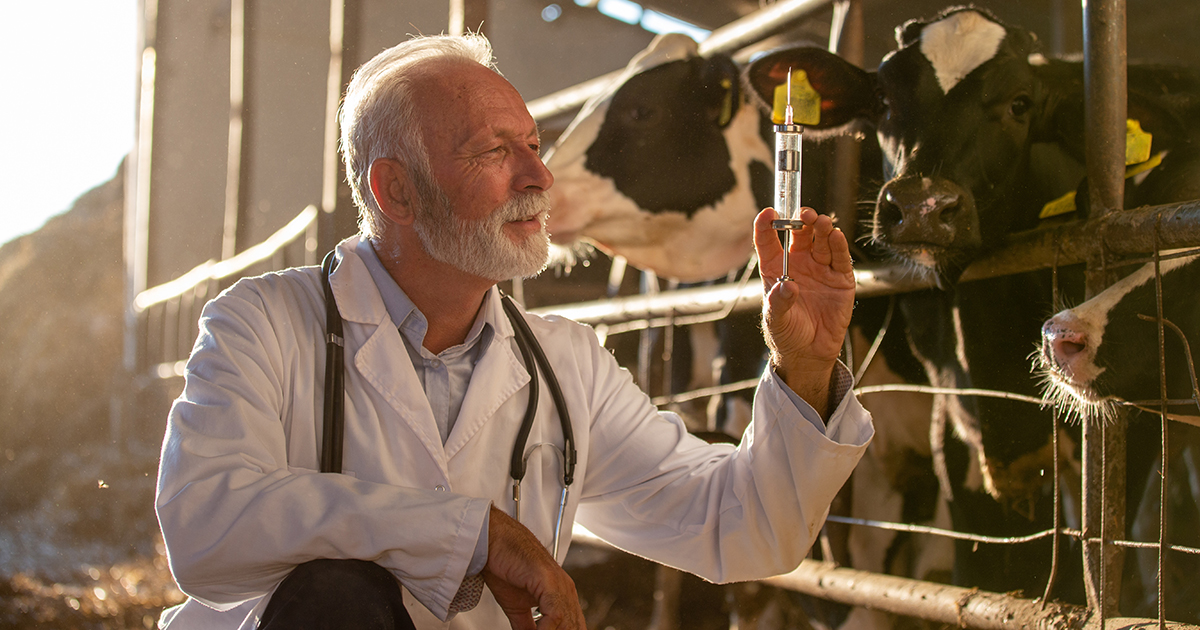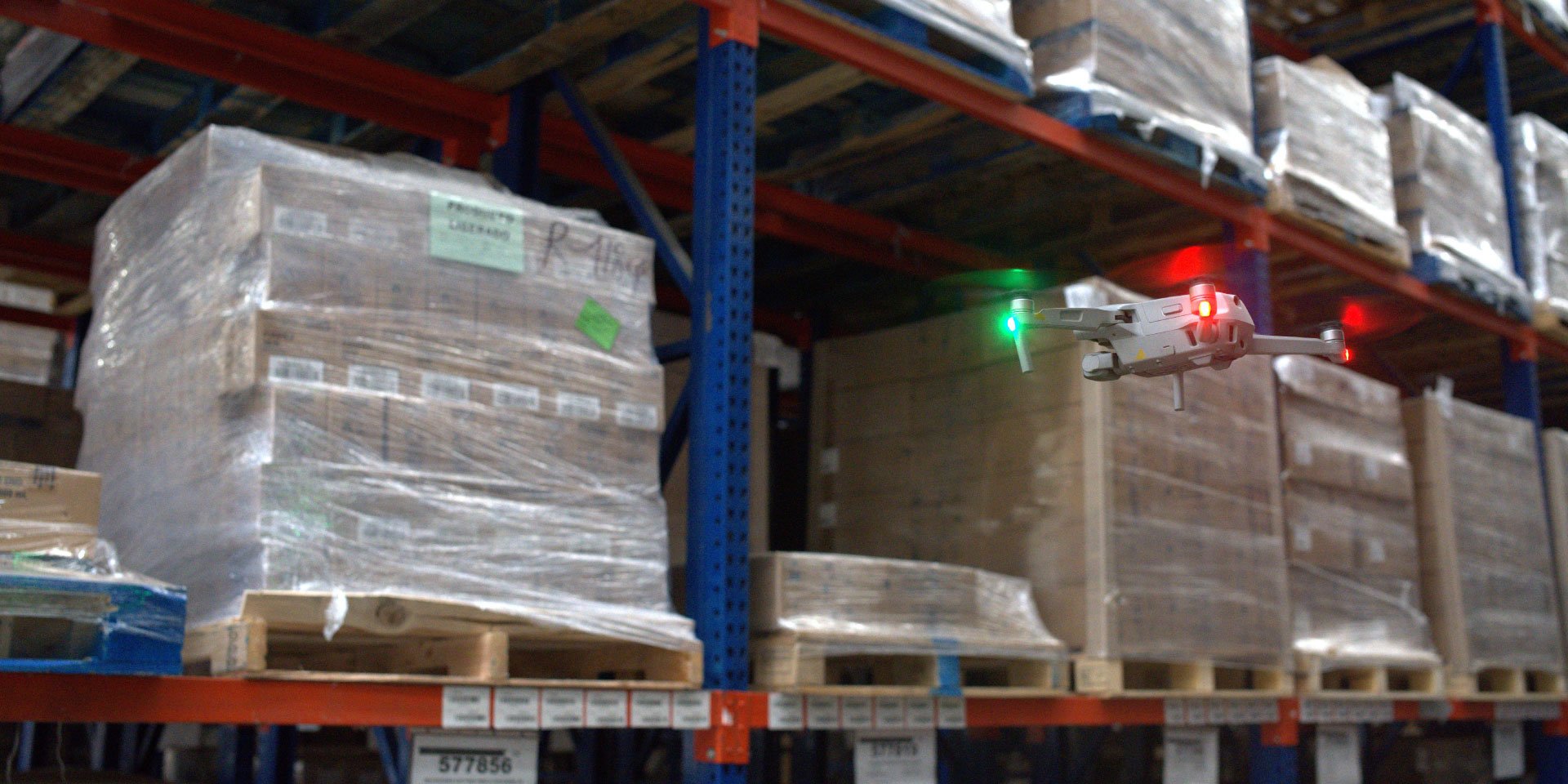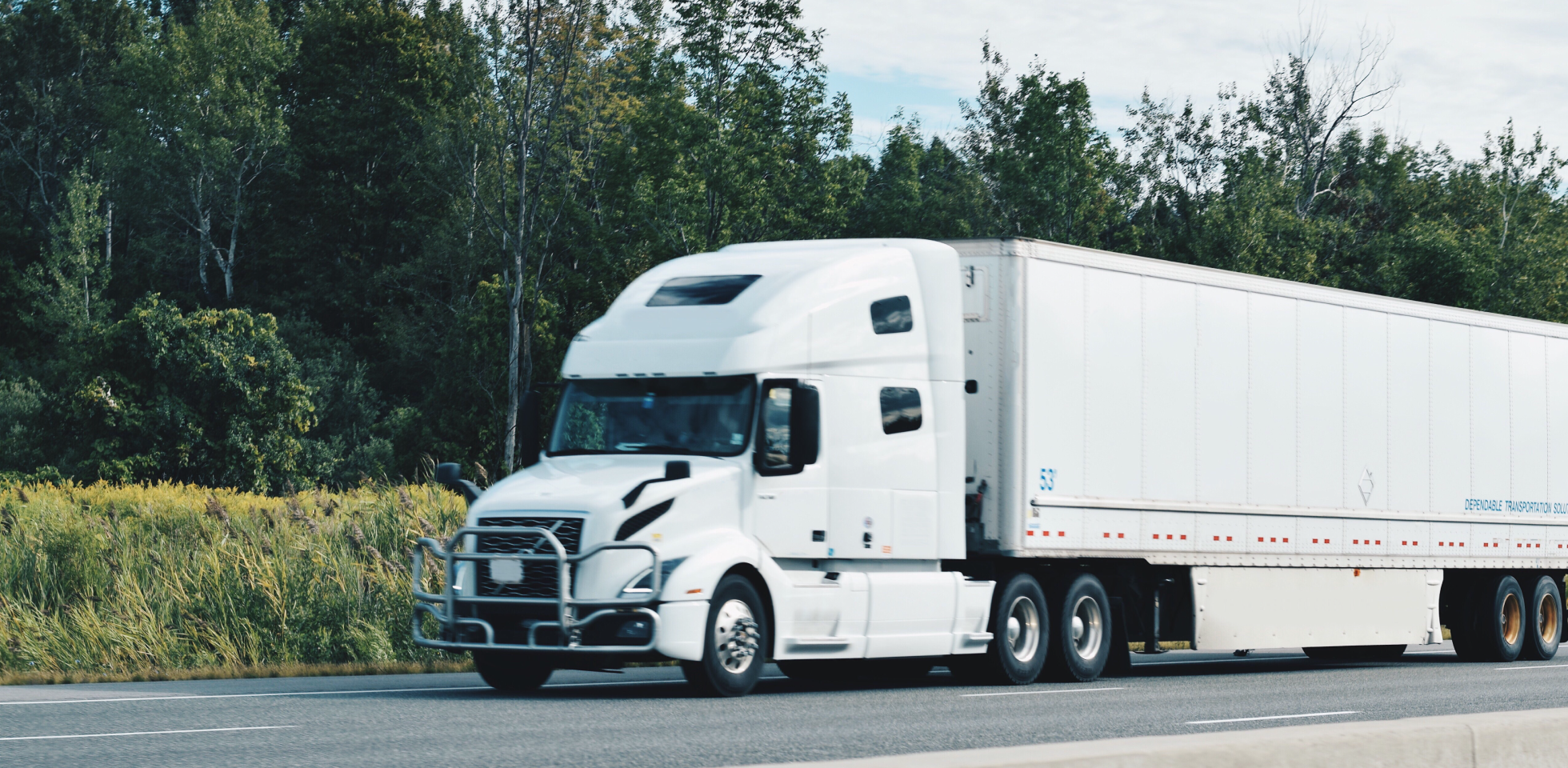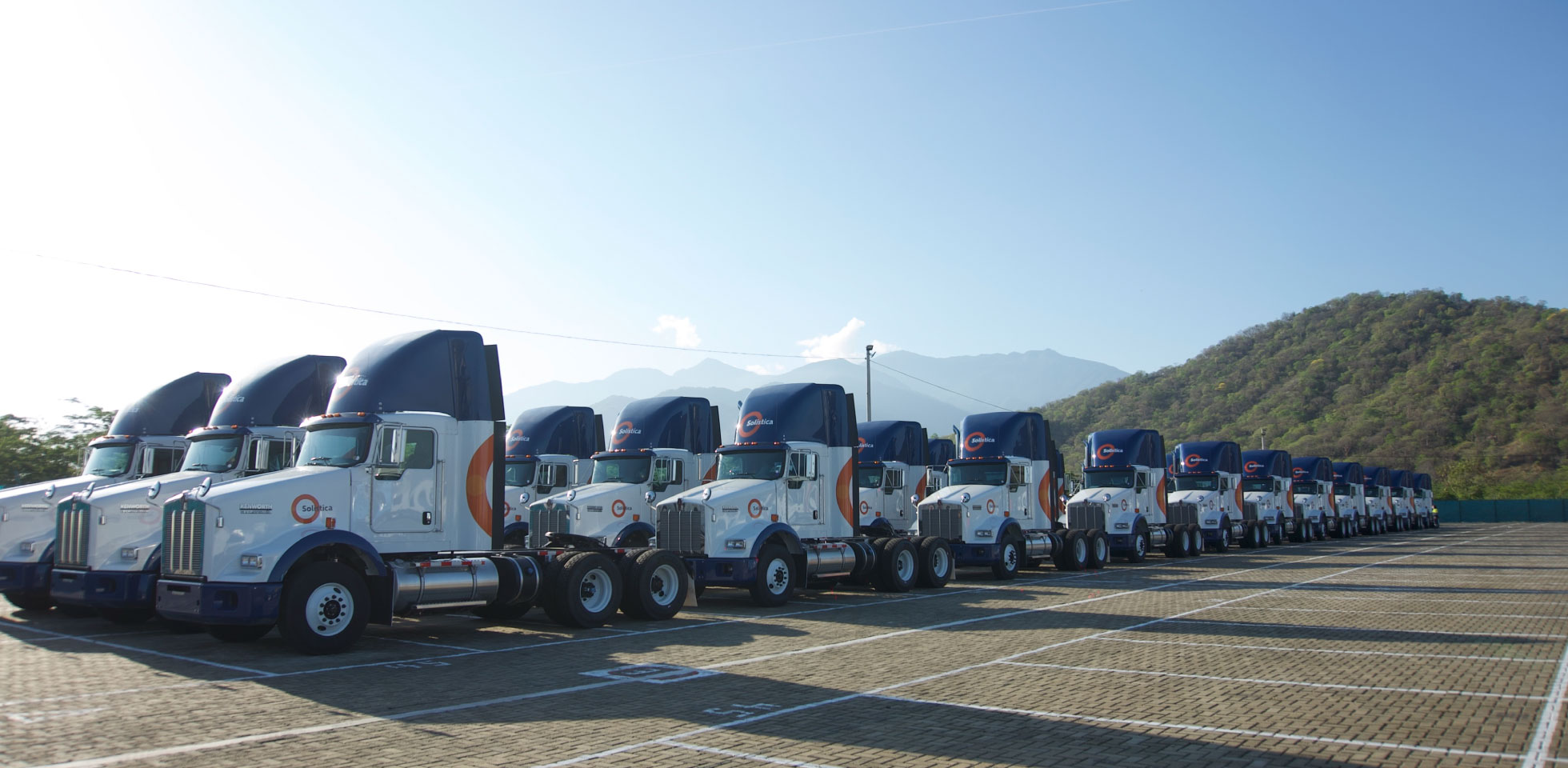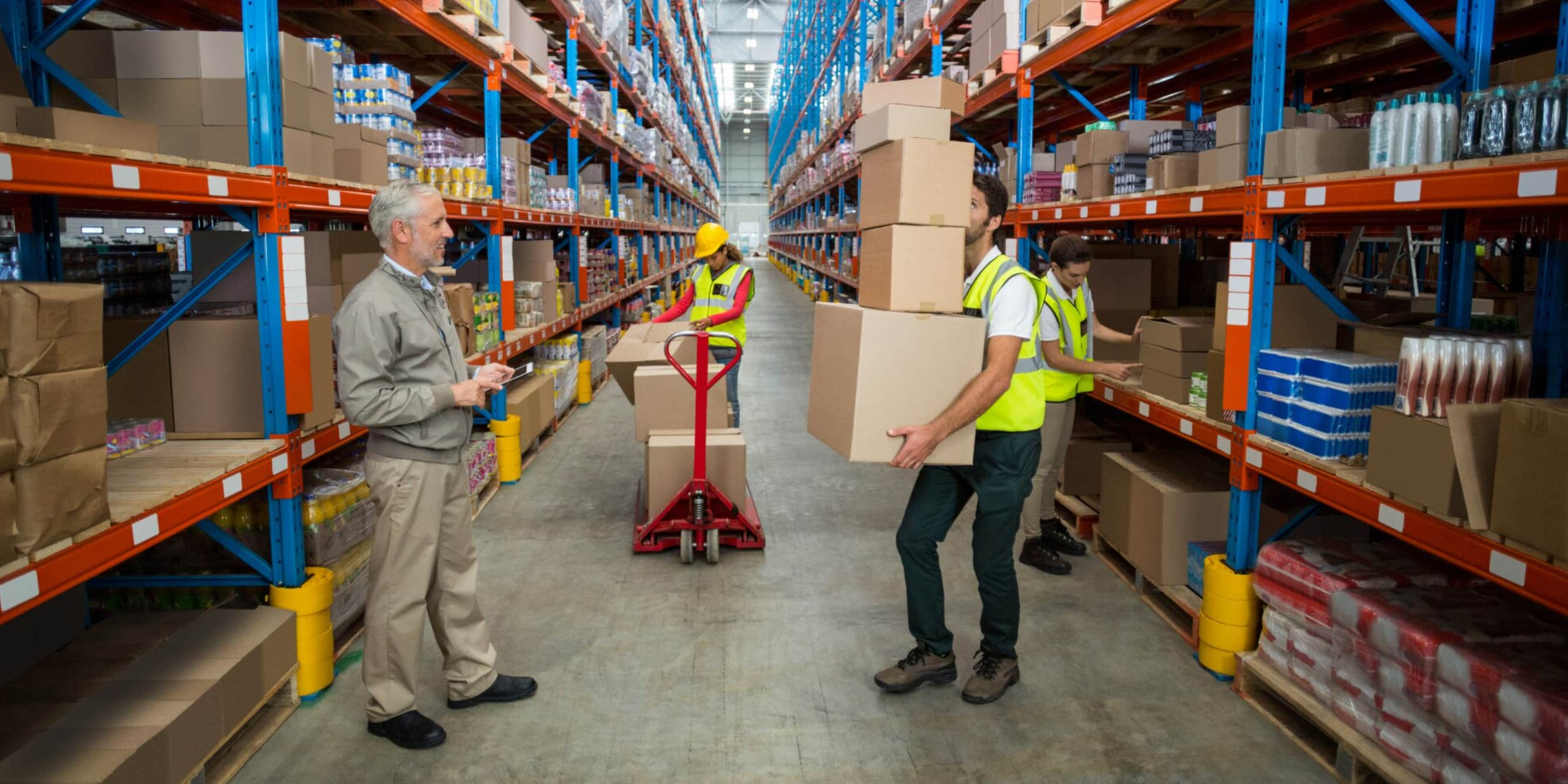Nutrition supplies and medicines for the veterinary industry are critical when it comes
to animal husbandry, and for the growing pet care market. Pets adoption has
increased, as well as the awareness of taking good care of their health needs and, in
general, their comprehensive health.
In fact, two market segments by type of animal are: livestock and pets. In both cases,
veterinary clinics and hospitals require optimal and careful deliveries from
pharmaceutical companies. When dealing with health products, inventory,
management, and control must always be monitored and updated.
Animal nutrition, a growing market
Considering the global context of the veterinary industry, particularly in Latin America,
the livestock industry is remarkable and presents a growing demand, so there is a
strong expectation of expansion in biological and pharmaceutical products for these
animals. As well, the diversity of products and needed supplies has increased.
Latin America and the Caribbean now account for 44% of global beef exports and 42%
of chicken exports. In countries such as Argentina, Brazil, Mexico, Paraguay and
Uruguay, the livestock industry plays a key role in their economies.
The Food and Agriculture Organization (FAO) estimates that world the demand for
meat will increase by 14% over the next decade.
Source: El Economista.com 2022
Moreover, the pandemic influenced more people to acquire pets, and this has also
affected the logistics sector. The raising awareness among people towards the safe
consumption of products for animals, and animal welfare, has increased the demand
for veterinary medicines.
Pet hospitals and veterinary clinics have now increased their partnership with
pharmaceutical companies that supply medicines for all kinds of pets such as birds,
dogs, cats, livestock, and other species. When dealing with health products, the
transport and warehousing need special attention.
That is why logistics chains must be controlled and monitored, with perfect traceability
between warehouses from origin to destinations, eliminating inefficiencies, bottlenecks,
task overlapping, waste and operations that add no value at all.
Furthermore, logistics operators in this field must comply with special regulations,
which require technological innovation and high-quality standards within the
warehouse, distribution, and transportation processes, for meeting, depending on the
nature of the products, the biosafety standards established by the competent bodies in
each country.
The warehousing, transfer, and distribution of veterinary medicines
As in the pharmaceutical industry, when it comes to health and animal care,
transporting and warehousing agriculture or veterinary supplies and products requires
special measures, which generally imply specific certifications and a high degree of
logistical expertise of the operators, even more in the case of veterinary products
containing substances considered hazardous.
There are specific requirements for all the processes involved, both for warehousing
and for loading, transport, and delivery. Among the most relevant requirements are
temperature measurement and warehouse surfaces, which must be certified by a
regulatory body, be suitable for the supplies conditioning and easy to clean, among
other conditions.
The position of the medicines on the shelves and the location of the shelves
themselves also play an important role. It is important to precisely know the
identification label of the products and their quality grade or seals, the inventory, and
even air extraction and filtration systems to prevent contaminated air from being
released into the environment.
In the case of medicines, the segmentation by route of administration is considered:
oral, parenteral, and topical.
Basic requirements for the veterinary industry logistics
At this level of logistic handling, the 4 main steps below must present a comprehensive
system of measurements and records on the quality and condition of supplies and
products:
1. Warehousing
All veterinary products must be correctly warehoused, according to the label
instructions. Factors such as temperature, exposure to light or humidity must be
considered.
The warehousing, transport and conservation conditions must be adjusted according
to what is mentioned in the packing, as well as being kept in secure facilities.
2. Cargo to be transporte
This process requires previous quantitative and qualitative products controls, which
include technical, labeling and classification aspects. Next, proper warehouse entry
forms are registered.
3. Mobilization
In this market, closed body trucks must be used to transport goods, and it must be
considered and established the position in which products will be unloaded. Yet,
defining the optimal route so that the travel time is as short as possible is also
important.
4. Unloading
Transport operators must clearly understand the products they are handling with and
ensure that the packing and wrapping provide adequate protection. When unloading,
the quantity and quality of the delivery must be checked against the inventory, and this
must be documented.
At Solistica, we have technology to anticipate demand and offer traceability of products
for the veterinary sector. Thus, we allow customers to visualize the entire order cycle.
In addition to tracking deliveries, there is also a feature for reports generation and
operational management indicators visualization.
We work with our own management systems, fully customizable and adaptable to the
clients systems. Similarly, focused on traceability, we have developed an application
for our partner drivers to use during the transport of animal health and nutrition
products. The information provided by the app is synchronized with a system available
to the customer, allowing a real-time follow-up of the delivery.
It is clear that from now on, the growing veterinary industry will continue to face
challenges to meet the demands of the sector, counting on highly qualified personnel,
good practices, and logistics systems that fulfill the new trends and competences
demanded by consumers, and yet incorporating the vision of an integral health care
process.
